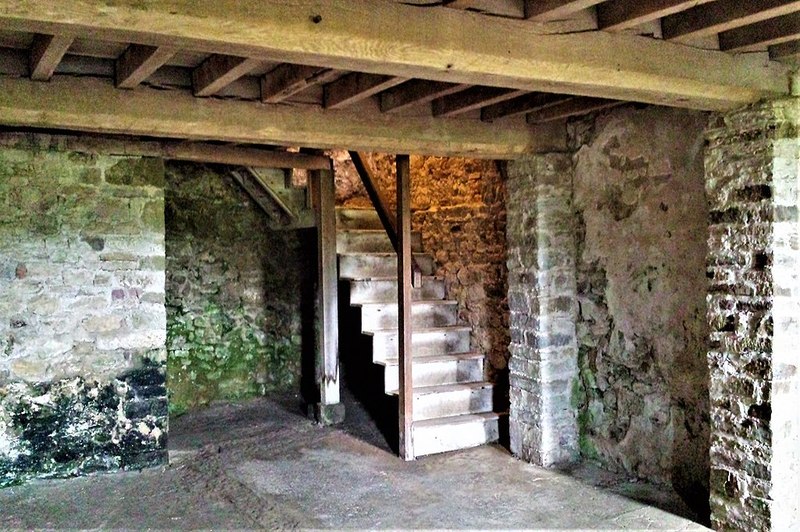If you notice a funny smell coming from your basement, it’s probably because of mold. Every homeowner must know how to test for mold in basement to prevent this from spreading inside the house. You could do this in a lot of ways, such as getting a mold testing kit, checking for leaks, or calling in a professional.
The basement is one of the most vulnerable parts of the house against mold growth. It is the perfect breeding ground since it’s mostly dark and has no proper ventilation for moisture to dry. We all know that whenever there’s a wet area, mold is sure to come next if it’s not treated properly.

Please keep reading to know how to identify mold, what to look for, and how to treat it.
What Does Mold Look Like?
Mold needs three things to thrive. They need a secluded area that gets as little sunlight as possible, a damp environment, and just the right temperature. Several types of mold can be found in a house, like black mold, Penicillium, mucor, and so on.
Typically, mold will look slimy or fuzzy in appearance. It has an irregular shape with distinctive specks of color ranging from black, yellow, green, brown, gray, or white. You may also notice a pungent odor coming out of it.
Most homes have hardwood flooring for their basement. However, this material tends to retain moisture which can attract mold. Here’s a guide on how to spot mold on hardwood floors.
4 Ways To Identify Mold In Your Basement
1. Inspect for any plumbing leaks
As said earlier, mold grows in a wet environment. So, check for any leaks in the basement. If you see one, there may already be mold growing in there somewhere.
Fix the leak first before looking for the mold. Don’t go looking far from the plumbing leak because the mold will always be near the source of moisture. You should also check whether the leak came from outside, then repair it.
2. Touch the area with a tool
The first rule in removing mold is to never touch it with bare hands. Even though mold is not toxic, some types of mold produce toxins that can irritate the skin and cause rashes and fungal infections. It would be best to also wear some gloves for extra protection.
Once you’ve located the suspected spot, use a screwdriver or a small knife to probe the area. If the wood is soft and falls off, there’s probably mold growth, and it’s beginning to rot.
3. Use a mold test kit
Another way you can identify whether there’s mold in your basement is to get a mold testing kit. There are several test kits out there, and each one has different instructions. Make sure to follow the label to know how to use it properly.
Some kits will check the air quality, but it may require more than three days to see the results. There are mold test kits similar to a pregnancy test and can deliver results in just minutes. Simply swab the area and place it on the testing plates provided.
Then, look for the lines. You’ll see one red line if there’s no mold present and two lines for positive.
4. Call a professional
Not sure if you want to do it yourself? Then, consider hiring a mold remediation company. Getting some professional services may cost you, but rest assured that you’ll get definite results and prevent it from coming back again.
They will start with an inspection for any possible areas where mold can grow. Then, the removal and containment process is soon to follow. They will also eliminate the pungent odor and sanitize the surrounding area to remove any hidden spores.
How to treat mold and mildew growth
Before you get your cleaning products out, you must first check for the source of moisture in your basement. Once you do that, get your toolbox and fix it immediately. Doing this will prevent any mold infestation in the future.
Then, mix one-quarter of water and half a cup of bleach. Put it on a spray bottle and apply it to the affected area. It would be best if you didn’t rinse the area so the solution can work its magic.
After that, scrub the area with a soft brush to remove any visible mold. Some mold can get inside the walls, which can be tricky to remove. You may want to check this article on how to remove mold from inside walls to know more about this situation.
Conclusion
Mold is not only bad for the structural integrity of the house, but it’s also dangerous for your health. Learning how to test for mold in basement can be a great skill to have in this scenario. Once you suspect mold growth, it’s essential to take action immediately!
However, if you’re planning to put up your home for sale, it would be better if you leave the testing to the professionals. They know how to do it better and can give you expert advice. Aside from that, you may also be required to hire mold remediation services by contract.
